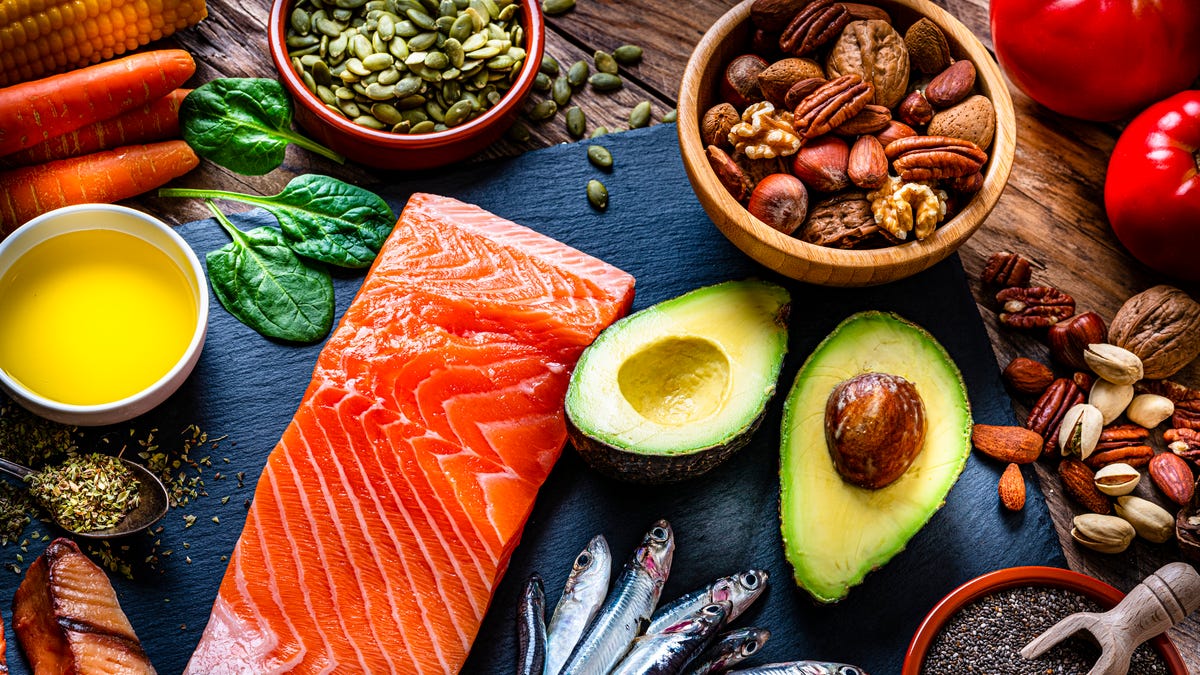
Omega-3 supplements: Do they really work?
You can find Omega-3s in fatty fish and plant-based sources like walnuts.
Omega-3s are a vital part of the diet: The healthy fats have been shown to help with everything from decreasing risk of heart issues, reducing inflammation, lowering blood pressure and reducing risk of cognitive decline.
“Omega-3 fatty acids can truly work wonders for your health,” dietitian Miranda Galati tells USA TODAY. “Many adults would benefit from upping their omega-3 intake. While deficiency is rare, many adults aren’t consuming enough to reap the health benefits.”
Despite the rarity, research has shown that more than 95% of American children and about 2/3 of adults are getting less than the daily recommended amount of omega-3s.
What does omega-3 do?
Research has shown that consuming more omega-3s is associated with healthier skin, hearts, brains, cancer prevention and more, according to the National Institutes of Health (NIH).
“Omega-3s have an anti-inflammatory effect,” Galati says. “As you eat more of these healthier fats, you’ll reduce inflammation and protect against many diseases.”
They’re also part of the makeup of membranes that surround each cell in your body, according to the NIH’s Office of Dietary Supplements (ODS).
There are three main types of omega-3 fatty acids: alpha-linolenic acid (ALA), eicosapentaenoic acid (EPA), and docosahexaenoic acid (DHA), per the ODS. ALA is a fatty acid that your body can’t make, which means the only way to get it is through outside sources – namely, by consuming plant oils such as flaxseed and canola oils. The body can convert some of the ALA into EPA and DHA, but not all, so EPA and DHA also need to be consumed through seafood and/or dietary supplements. DHA levels are particularly important for eye, brain and sperm cells.
When it comes to serving sizes, the NIH recommends adults consume between 1.1 and 1.6 grams of omega-3s per day, while the American Heart Association recommends eating two servings of fish, each around 3 or 4 ounces, per week.
While omega-3s do provide essential benefits to the body, there is such thing as consuming too much. The U.S. Food and Drug Administration (FDA) recommends consuming no more than 5 grams of supplements containing EPA or DHA in a single day. Side effects of taking more than that are usually mild, but can include heartburn, diarrhea, headache, smelly sweat, bad breath and an unpleasant taste in the mouth.
You should also check with a medical professional before taking omega-3 supplements, as they can negatively interact with some medications including anticoagulants, per the ODS.
Which food is high in omega-3?
Eating a variety of foods rich in omega-3s to add to your weekly menu is the best way to ensure you’re getting enough, experts say.
“There are different types of omega-3 fatty acids and they have varying levels of bioavailability,” Galati says, recommending you “get your omega-3s from a variety of sources” if possible. Two servings of fish per week is a great way to “cover your bases,” but adding even more omega-3-rich foods, such as the ones below, is even better, she adds.
The following foods, according to the NIH, are your best bet for boosting your omega-3 intake.
- Fish and other seafood, especially salmon, mackerel, tuna, herring and sardines
- Nuts and seeds, including flaxseed, chia seeds and walnuts
- Plant oils, including flaxseed, soybean and canola oils
- Fortified foods, including certain brands of eggs, yogurt, juices, milk, soy beverages and baby formulas
